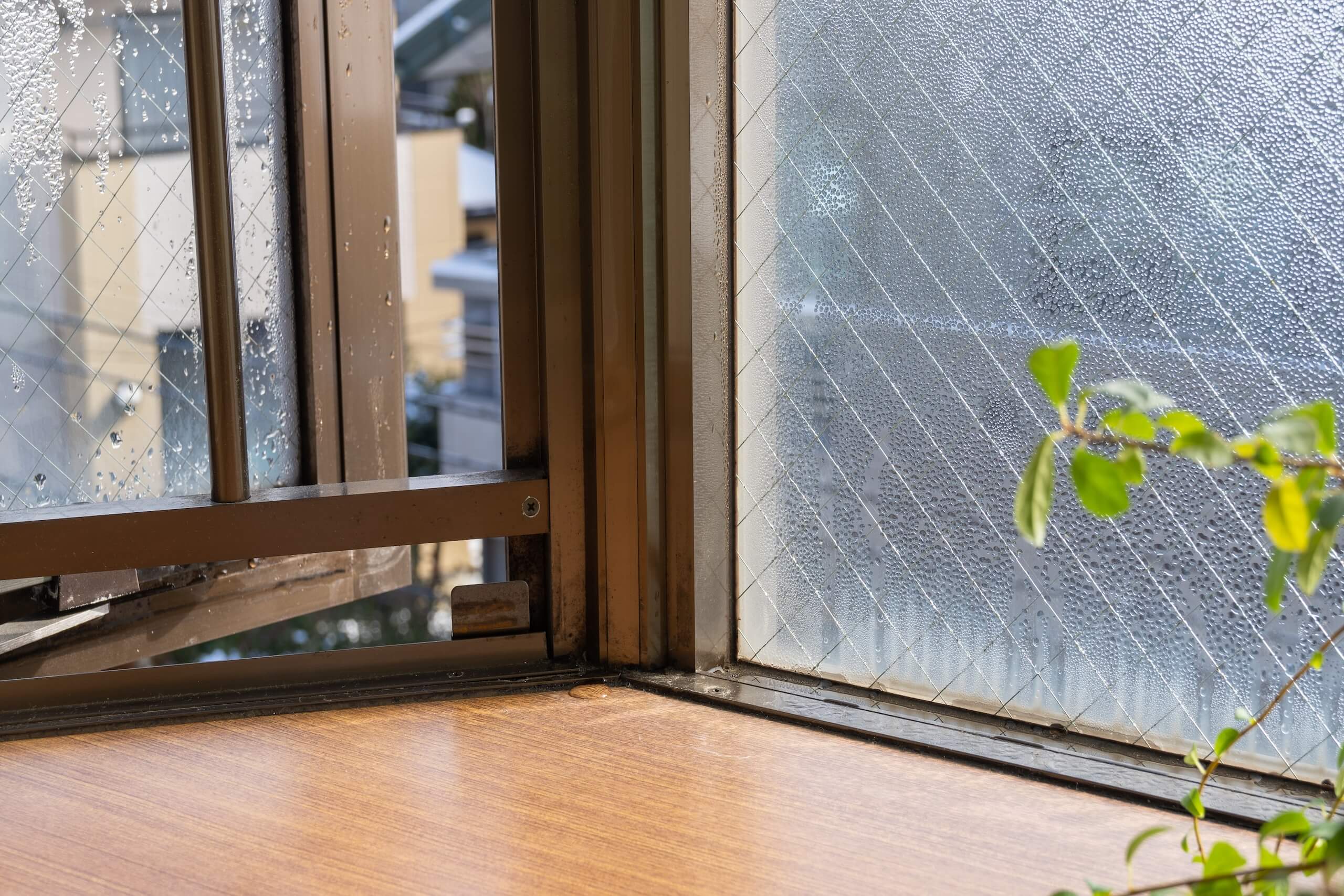Moisture control is a year-round issue for most, if not all, homeowners. Constantly trying to find the happy medium for humidity is exhausting. And, if you’re trying random tips and tricks you found on the internet, you may never find the answer.
Luckily, we’ve compiled a list of the most effective and efficient methods to reduce moisture levels in your house. Before we get started, let’s take a look at what moisture control is and why it’s important.
What Is Moisture Control?
Moisture control, or humidity control, is exactly as it sounds! The purpose is to control the moisture levels in your home by increasing or decreasing indoor humidity to a desirable level indoors.
There are various ways to do this, including the use of humidification and dehumidification devices, air conditioning, and ventilation. All in all, moisture control helps homeowners achieve a healthier indoor space.
Why Is Moisture Control Important?
When indoor humidity exceeds a certain level or is far below the ideal, your health suffers.
For example, homeowners may experience increased allergy and asthma symptoms, headaches, coughing or difficulty sleeping.
And, homeowners may notice mold and mildew, water stains and warped furniture among other damage. Luckily, all of these issues are avoided with moisture control.
 Ideal Indoor Humidity: Do you want to learn more about why 40–60% is the indoor humidity range? Check out this article that discusses low humidity, high humidity and everything in between! It also answers several common questions about indoor humidity levels →
Ideal Indoor Humidity: Do you want to learn more about why 40–60% is the indoor humidity range? Check out this article that discusses low humidity, high humidity and everything in between! It also answers several common questions about indoor humidity levels →How To Get Rid of Moisture in House
1. Maintain a 40–60% Indoor Humidity Range
We’ve said it once … or twice … maybe more, but, we’ll say it again!
The ideal indoor humidity range is 40–60%. When humidity rises above or falls below this range, your health and your home are at risk.
If you don’t know where your home falls on the spectrum, invest in an indoor air quality monitor. In addition to relaying information about humidity, IAQ monitors provide information about temperature, airflow and contaminants. Smart home air quality monitors can even deliver this information to connected devices, making moisture control even easier.
2. Fix Leaks
This one may seem obvious, but we’ll explain it anyway.
Leaks allow water to pool in areas, increasing moisture levels and subjecting your home to potential water damage. In addition to damaging your home, excess water that has pooled eventually evaporates, creating humidity.
Leaks are a small but mighty issue that can turn your home into a muggy swamp.
3. Increase Kitchen and Bathroom Ventilation
Generally speaking, kitchens and bathrooms have exhaust fans. Exhaust fans are localized mechanical ventilation systems or spot ventilation devices.
Humidity is produced through daily activities like cooking or showering and has nowhere to go. Exhaust fans direct the excess humidity outdoors, preventing the buildup of moisture in these often snug areas.
As a moisture control strategy, make sure these localized fans are in working order!
4. Vent Clothes Dryers Outdoors
If your clothes dryer does not vent directly to the outdoors, you have a serious problem on your hands!
When wet clothes and heat are introduced to one another, the dryer releases humid air. If the vent is not directed outdoors, all of that humidity is released indoors. Fortunately, this is a simple fix.
An HVAC technician can redirect the vent and your home will be cool and dry in no time.
5. Reduce the Number of Indoor Plants
Contrary to popular belief, indoor plants are not the end all be all of indoor air quality.
In fact, indoor plants often decrease indoor air quality or have no effect at all. Moreover, indoor plants contribute to humidity through a process called evapotranspiration.
This is a combination of evaporation and transpiration. Evaporation occurs when water evaporates from the soil. Transpiration occurs when water evaporates from the stems, leaves, or flowers of a plant. Thus, removing indoor plants will reduce indoor humidity levels!
6. Use Air Conditioning When Outdoor Humidity Levels Are High
Did you know that air conditioners have dehumidification properties? The cooling process requires warm air to move over an evaporator coil, which removes moisture from the warm air.
Thus, the warm air becomes cool and the excess moisture is removed by a condensate drain pan. You are left with cool, dry air which makes for a comfortable atmosphere, especially on warm, humid days.
7. Heat All Rooms in the Winter
Disproportionately heating your home in an attempt to save energy and money actually has the opposite effect.
For example, if you only want to heat your bedroom and living room, you’ll have to close the air vents in every other room. The rooms with closed air vents will experience a dramatic decrease in temperature.
Your furnace must work harder to keep your bedroom and living room warm, as cold air from other rooms infiltrates. In addition to potential system failure, furniture may warp, ice may form on windows, floors may crack, pipes may freeze and moisture may cause small openings to freeze and enlarge.
All of which can lead to even further moisture control issues and costly repairs. Thus, it’s important to heat all rooms equally.
8. Fix Gutters and Downspouts
Gutters and downspouts collect rainwater from your roof and direct it toward the ground.
When these devices aren’t directed away from the structure, your house is subject to water damage. Water pooling near your home’s foundation is a recipe for disaster.
Excess moisture may find its way inside and cause a number of moisture-related issues. This is easily avoided by making necessary repairs to gutters and downspouts, and ensuring that water is directed as far away from your home as possible.
9. Use Sump Pumps or Vapor Barriers in Crawl Spaces and Basements
A sump pump detects elevated water levels and high moisture levels in the air and directs water away from your home’s foundation and toward a local drain or other designated location.
A vapor barrier is a material that slows the migration of humidity. Both are beneficial for basements and crawl spaces which are subject to elevated moisture levels as they are close to the ground.
Controlling Moisture in Your Home
Now that you’re equipped with nine effective moisture control methods, it’s time to get started!
Don’t let excess moisture take control of your home.
Maintaining the ideal 40–60% indoor humidity range with these helpful tips ensures that you’ll find comfort in every room.



